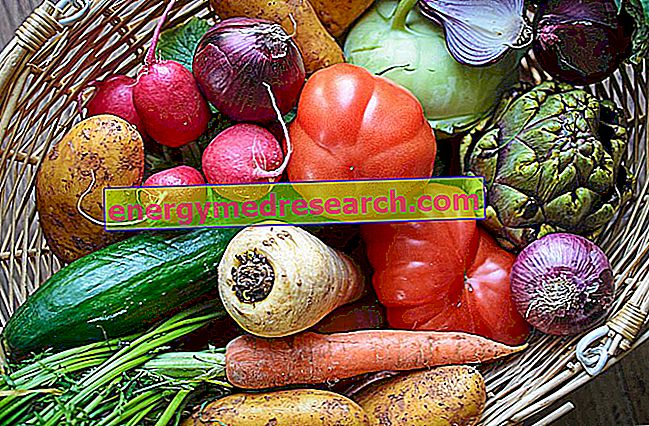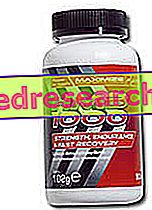
Let's think for a moment about the yellow of turmeric, the bright red of ripe tomatoes and the dark green of spinach.
At this point, it should not surprise us that different plant foods are used by the industry as a source of food colors. In addition to turmeric, it is the case of grape skin and red beet.
The dyes, even if of natural origins, are still food additives and as such are indicated on the label with the abbreviation E followed by a number between 100 and 199 (100-109 yellow, 110-119 orange, 120-129 red, 130-139 blue, 140-149 green, 150-159 black brown, 160-199 mixed).
Since the presence of additives is not favorably viewed by the consumer, some companies resort to so-called coloring foods . Basically, instead of adding a coloring additive extracted from a vegetable, they directly insert the coloring food as an ingredient into the formulation; in this way the product can boast the absence of coloring additives.
Among the many coloring foods there are, for example, tomato concentrates, pumpkins, beetroot or blueberries, often obtained from specific varieties selected to enhance a particular color of the food.



